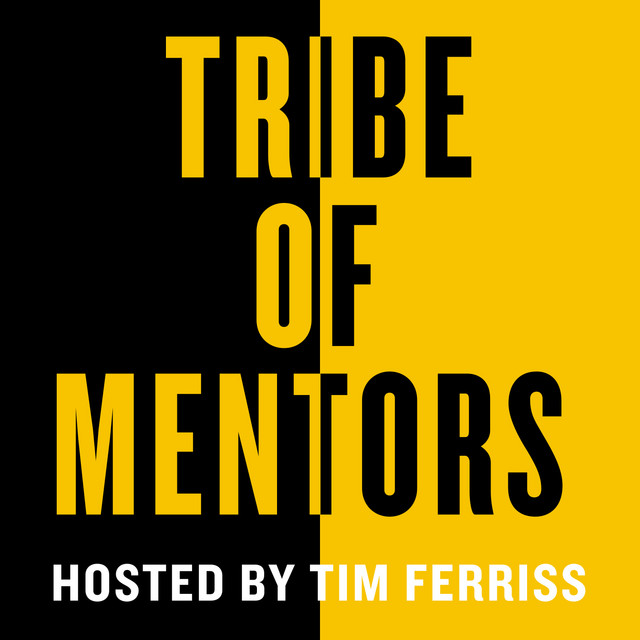Stukje transcript uit de podcard van Tim Ferris, “Tribe of Mentors” waarin Yuval Noah Harari zijn kennismaking met mediteren beschrijft. Er bestaat veel lectuur over mediteren, maar dit kort stukje beviel me zo, het was zo eenvoudig en duidelijk dat ik het meteen noteerde. Via wat omwegen heb ik het stukje uit de podcast omgevormd naar de tekst die je hieronder kunt lezen.
“I was therefore amazed by how practical the teaching turned out to be. The teacher at the course, S. N. Gonca, instructed the students to sit with crossed legs and to observe the reality of the present moment.
When the breath comes in, you just know. Now the breath is coming in. When the breath goes out, you just know. Now the breath is going out. And when you lose your focus and your mind, it starts wandering in memories and fantasies.
You just know. Now my mind has wandered away from the breath. It was the most important thing anybody has ever told me. The first thing I learned by observing my breath was that notwithstanding all the books I had read and all the classes I had attended at university, I knew almost nothing about my mind.
And I had very little control over it. Despite my best efforts, I couldn’t observe the reality of my breath coming in and out of my nostrils for more than ten seconds before the mind wandered away. For years I lived under the impression that I was the master of my life and the CEO of my own personal brand.
But a few hours of meditation were enough to show me that I hardly had any control of myself. I was not the CEO. I was barely the gatekeeper. I was asked to stay. stand at the gateway of my body, the nostrils, and just observe whatever comes in or goes out.
Yet after a few moments I lost my focus and abandoned my post. It was a humbling and eye -opening experience. As the course progressed, students were taught to observe not just their breath but sensations throughout their body, heat, pressure, pain, and so forth.
The technique of vipassana is based on the insight that the flow of mind is closely interlinked with bodily sensations. Between me and the world, there are always bodily sensations. I never react to events in the outside world.
I always react to the sensations in my own body. When the sensation is unpleasant, I react with aversion. When the sensation is pleasant, I react with craving for more. Even when we think we react to what another person had done or to a distant childhood memory or to the global financial crisis, the truth is we always react to attention in the shoulder or a spasm in the pit of the stomach.
You want to know what anger is? Well, just observe the sensations that arise and pass in your body while you are angry. I was 24 years old at the time I went to this retreat and had probably experienced anger 10 ,000 times previously, yet I never bothered to observe how anger actually felt.
Whenever I was angry, I focused on the object of my anger, something somebody else did or said rather than on the physical reality of the anger. I think I learned more about myself and about humans in general by observing my sensations for those 10 days than I learned in my whole life before.
And to do so, I didn’t have to accept any story, theory or mythology. I just had to observe reality as it is. The most important thing I realized was that the deep source of my suffering is in the patterns of my own mind.
When I want something and it doesn’t happen, my mind reacts by generating suffering. Suffering is not an objective condition in the outside world. It is a mental reaction generated by my own mind. Since that first course in 2000, I began practicing Vipassana for two hours every day, and each year I take a long meditation retreat for a month or two.
It is not an escape from reality, it is getting in touch with reality. At least for two hours a day, I actually observe reality as it is. While for the other 22 hours, I get overwhelmed by emails and tweets and funny cat videos.”
